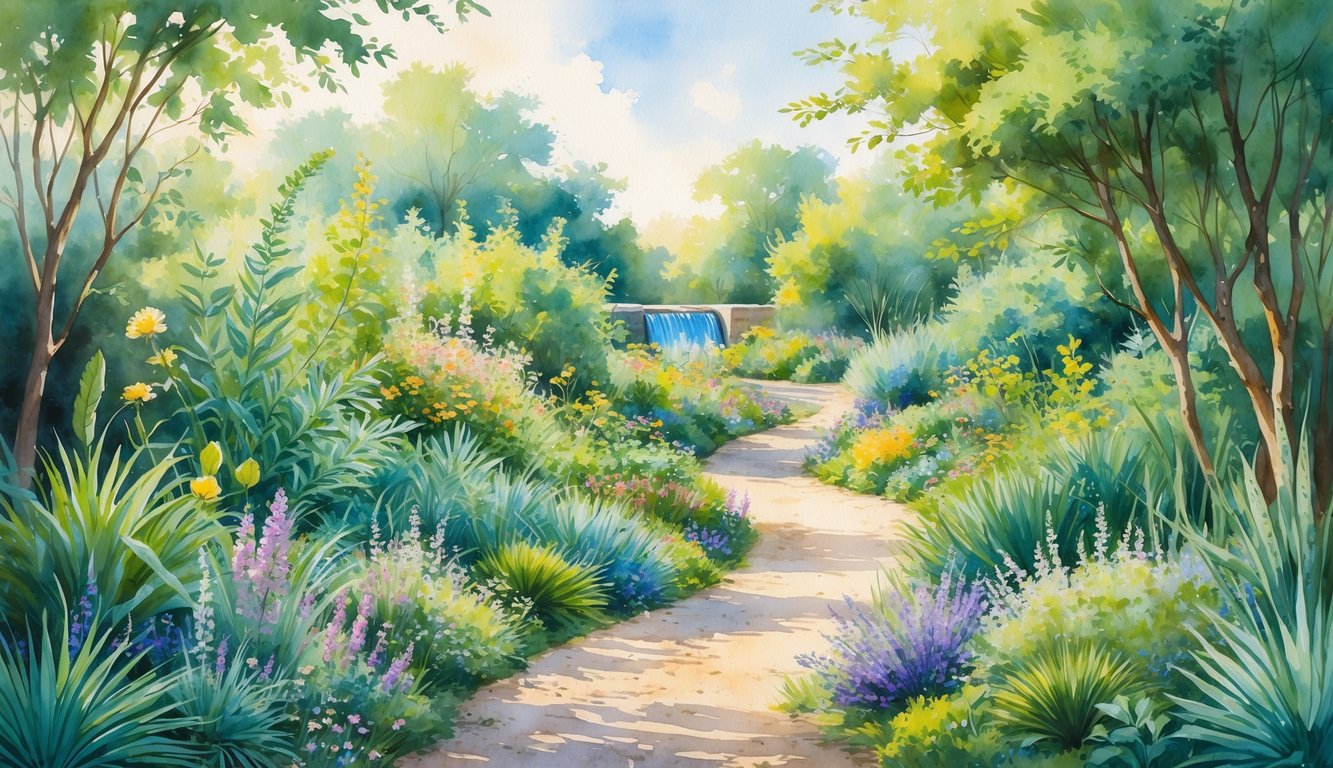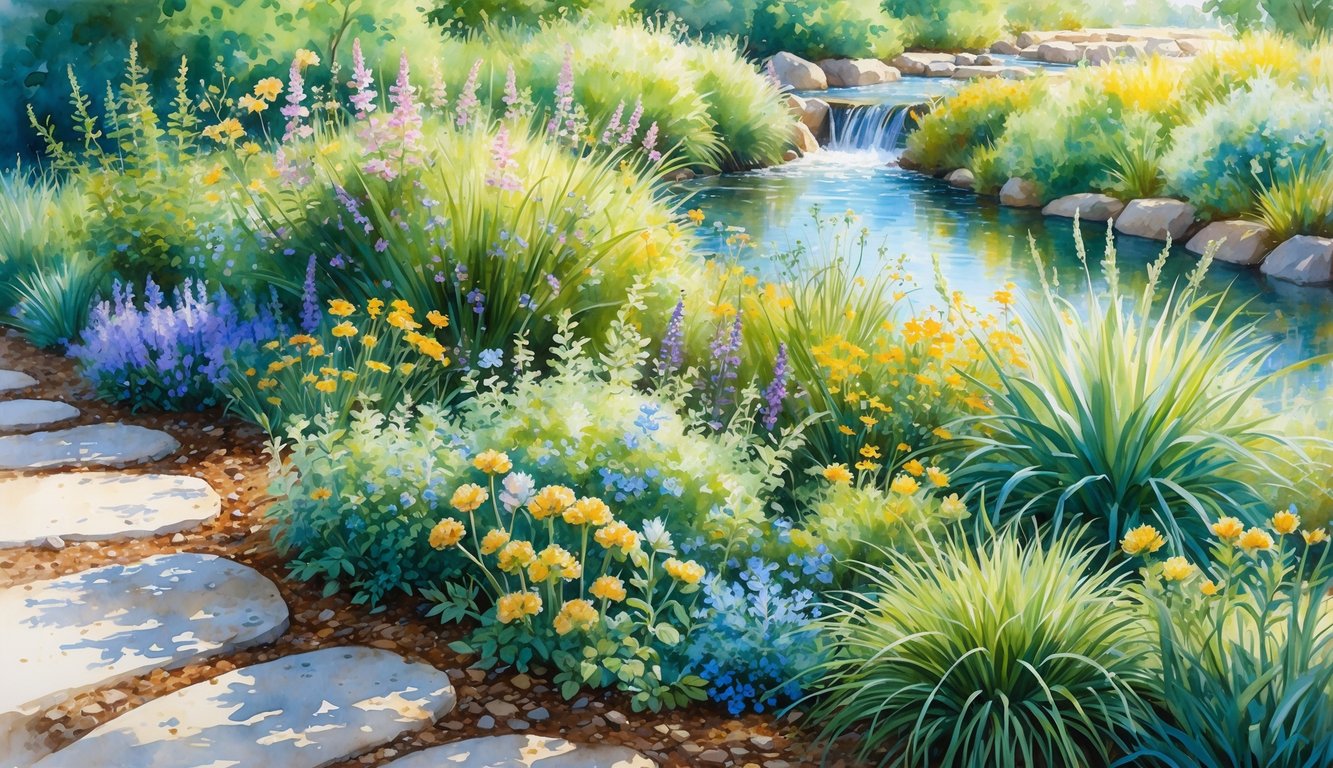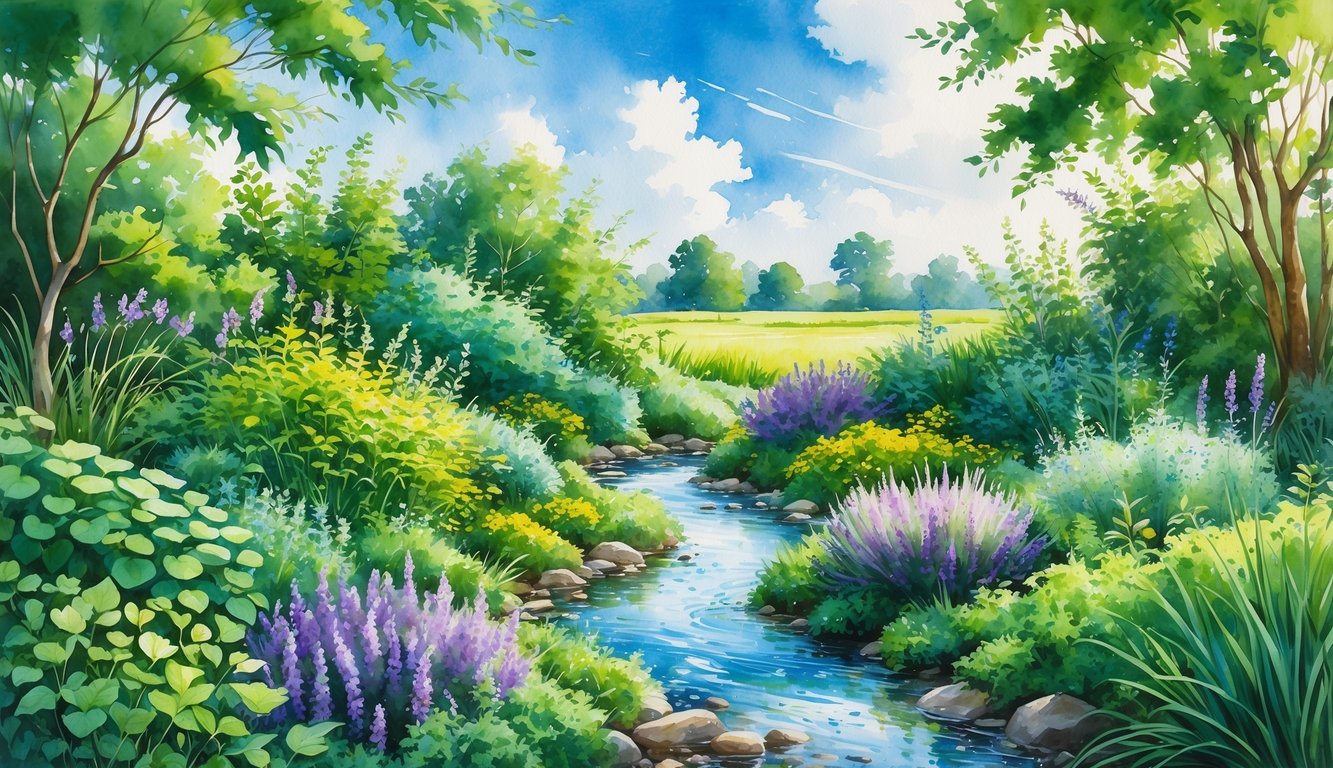
So, where the heck do you even get native plants that won’t send your water bill into the stratosphere? I’ve been down this path so many times it’s embarrassing. Honestly, online nurseries that focus on local species are the only places I trust anymore—those plants actually survive here, and once they settle in, you can basically forget to water and they’ll just keep going. Direct Native Plants keeps popping up in my searches, and honestly, they seem to know what they’re doing—tons of habitat-friendly options that just live off the rain. I mean, I lose my watering schedule every single week, so that’s a plus.
I keep asking at local garden centers, and every time, the staff act like I’m asking for a spaceship. Apparently, only about a quarter of what they sell is native? That’s just weird. But then I found places like Garden for Wildlife, where every plant is, you know, actually meant to survive here. My neighbor claims her grass lawn is “cheaper,” but I’ve literally watched her drag hoses around for hours—meanwhile, my little pollinator patch basically sips whatever rain we get. I can’t be the only one who’s over lugging watering cans around.
And can we talk about those “native” sections at stores? Why is it always just three grasses and one random shrub? Is there some secret rule? Whatever. I gave up on store runs. Online shops like My Home Park actually let you sort by pollinator or water needs and just ship everything to your door. Nobody warns you how much it sucks hauling flats of wilted plants from the store to your car. Clicking “add to cart” is way easier, and I get to watch bees fight over my penstemons instead of mopping up muddy footprints.
Why Native Plants Are Key to Water-Wise Gardening

Last summer, my water bill looked like a phone number. And the grass? Dead. Just sad. Then my neighbor, who’s way too into botany, told me that switching to native plants for water savings isn’t just some eco-fad. It’s actually practical. Not even a radical idea, really.
Understanding Water Savings and Native Species
Honestly, “deep root system” always sounded like garden-speak to me. But it turns out, those roots go way down and grab water I didn’t even know was in my soil. It’s not about turning your yard into a wild mess—just keeping things green and not broke, even when it’s dry. That water-wise gardening guide I read last year? It actually makes sense: native wildflowers don’t just hang on—they actually do better than the imported stuff.
What surprised me most? Native plants from actual native nurseries can use up to 70% less water than a boring old lawn. No complicated irrigation, no guilt, and sometimes I barely even need to water—just normal rain does it. My poor fiddle leaf fig can’t even compete. I wasted so much money on drip hoses and timers, but the native stuff just… works.
Native vs. Non-Native: The Benefits Explained
People mix up native and non-native plants all the time, but you can always tell the difference in August—everything non-native just gives up. I didn’t really get it until I saw two beds side by side: the native one stayed green, didn’t get eaten by bugs, and actually attracted bees and butterflies. My cat still hasn’t forgiven that praying mantis.
Actual experts (not just my mom’s friend who “knows plants”) say natives are tough because they’ve been here for centuries and just get the local conditions. The Plant Wild biodiversity guide lays it out: less fertilizer, less water, less stress. If you want to baby your plants, sure, but I’d rather let nature do its thing. Ever since I switched, water bans don’t even scare me—natives just don’t care.
Top Online Stores for Buying Native Plants Right Now

Buying native plants online? Always turns into a scavenger hunt—most options aren’t even native. Only about a quarter of what’s out there is the real deal, and I’m tired of scrolling through tropical junk when I just want a drought-proof coneflower. I’ve ended up with jalapeños more times than I care to admit. So yeah, you need to find sellers who actually get it.
Trusted Native Plant Nurseries with Delivery
I’ve wasted way too much time scrolling, hoping to find a place that ships healthy native plants. Direct Native Plants actually sends real perennials, shrubs, even trees—not just packets of seeds (which, let’s be honest, never sprout when it’s hot). Every plant I got from them came labeled, so I didn’t end up planting sun-lovers in the shade.
Then you’ve got The Plant Native, who go all-in on stats and nerdy details. They work on restoration projects, so they care about genetics—no random “wildflower mix” that grows nothing.
If you see “free shipping” and deals too good to be true, be careful—sometimes you end up with sad roots or mystery plants. Pretty Purple Door is good for wildflower plugs, and I stumbled on Bloomscape being called “pet-friendly,” but honestly, they’re more about houseplants. Those quizzes? Fun, but not always helpful for actual natives.
What to Know About Selecting a Reliable Seller
Ordering online—what could go wrong, right? Turns out, a lot. Some nurseries don’t even post a phone number. If your box gets lost, good luck. I still don’t get why people skip this step. Always check for real contact info.
If the website is just stock photos and wild promises, and the reviews sound like robots, I bail. I want to see USDA zones on every plant page—matching your local rainfall is half the battle. And if they show shipping costs up front, I’m way more likely to trust them.
Look for sellers who say how they grow stuff—if they mention “nursery grown from local seed,” that’s a good sign. I always Google weird species names to make sure I’m not buying some random hybrid. And there’s always that one guy who swears every succulent needs daily water—don’t just follow random advice.